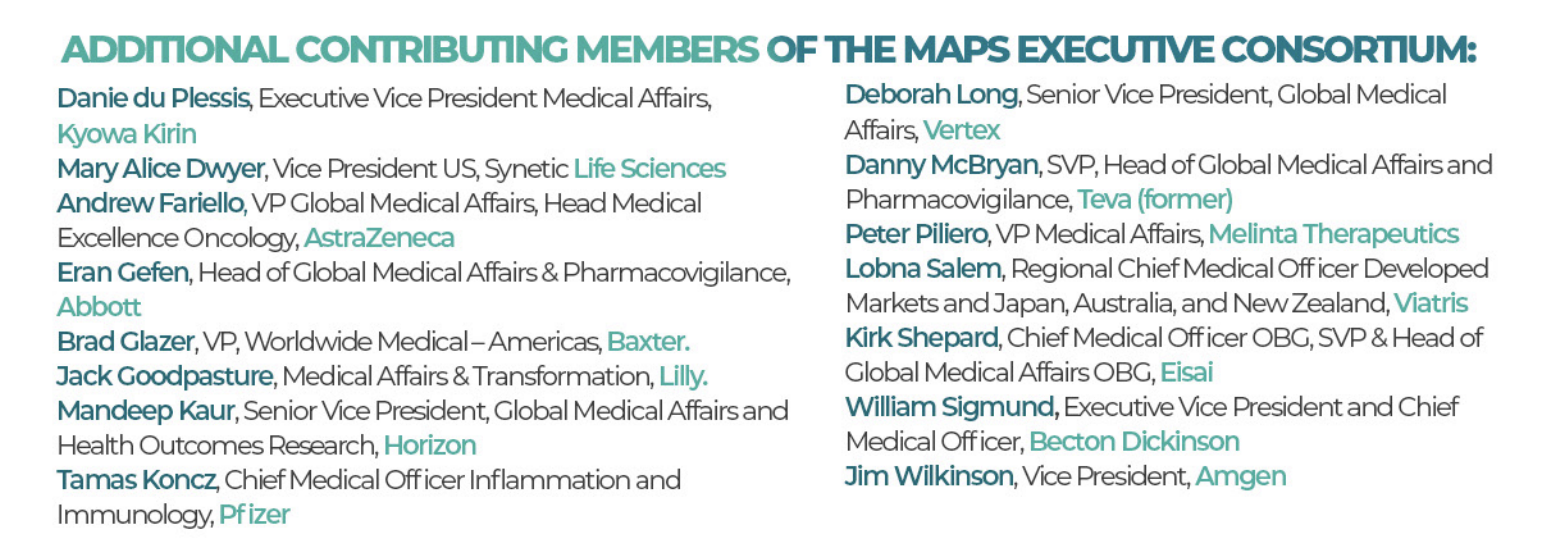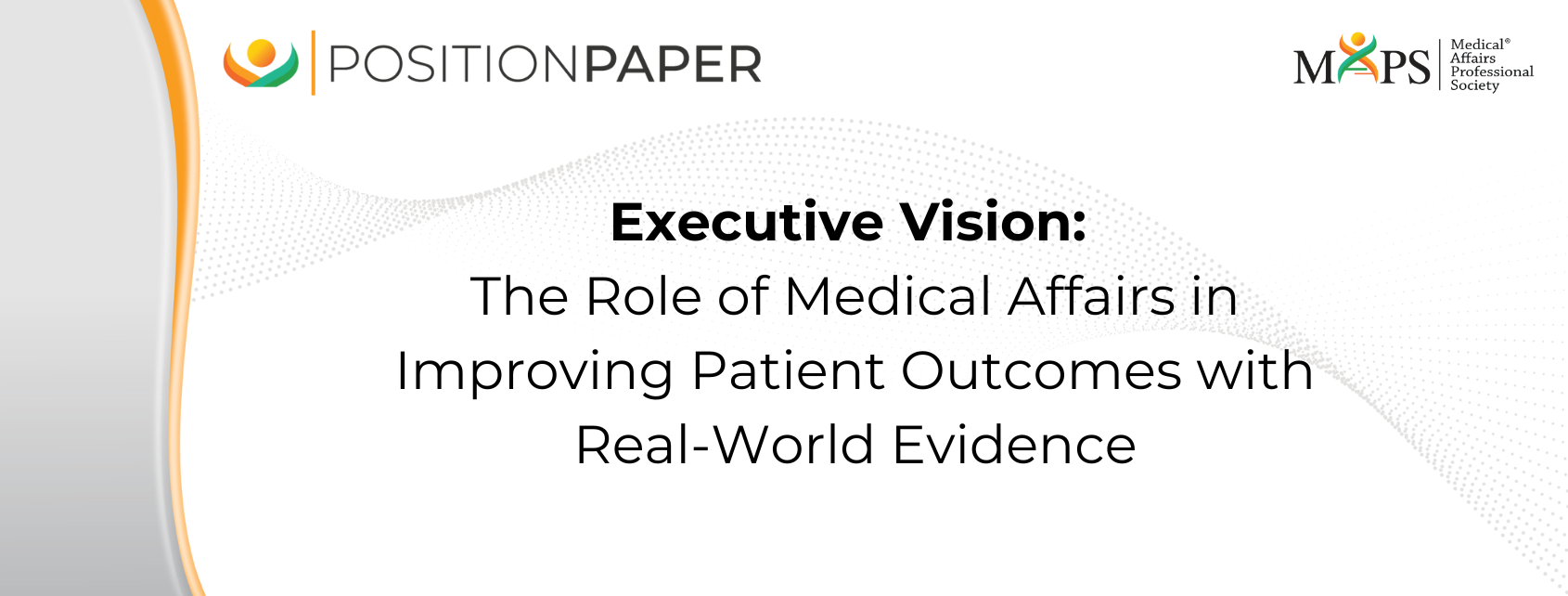
INTRODUCTION
In the biopharmaceutical and MedTech industries, it has traditionally been the role of Research & Development (R&D) to manage clinical trials leading to approval of a new drug, device or diagnostic, at which point Medical Affairs would manage a program of post-approval studies to continue evolving the company’s understanding of uses, benefits and risks. The growth of Real-World Evidence (RWE) from sources including patient registries, claims data, electronic medical records, digital health technologies and many others has driven a sea change in this model. Today, Medical Affairs uses RWE alongside, or even in some cases instead of, clinical studies, across the product lifecycle to inform clinical trial design, provide context for reimbursement decisions, generate real world effectiveness data, and expand access to emerging health innovations. Even more so, the use of RWE provides an opportunity for Medical Affairs to realize the goal at the center of its mission: To improve the lives of patients, caregivers and others affected by health conditions. Following are ways Medical Affairs departments, teams and individuals can use RWE to benefit patients.



